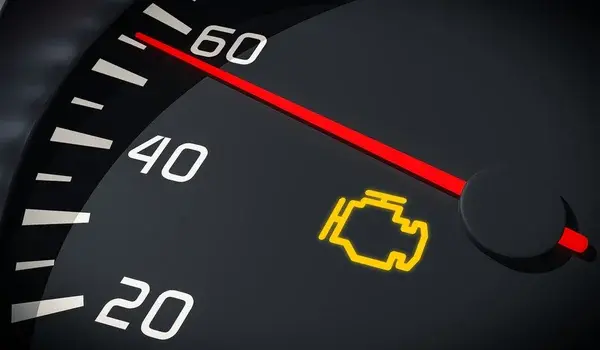
In the heart of every driver lies a little anxiety when the mysterious check engine light flickers to life on the dashboard.
For many, it’s like a tiny red flag waving ominously, leaving us wondering: is it safe to keep driving?
First things first:
- Is the light solid or flashing? A solid light usually indicates a less urgent issue, while a flashing light signals a more serious problem requiring immediate attention.
- Does the car feel different? Are there strange noises, power loss, or unusual smells? These are red flags suggesting you should pull over as soon as possible.
In this blog post, we’ll embark on a journey through the data and statistics behind that little glowing icon, aiming to demystify the concerns and empower every driver with knowledge.
Let’s dive into the facts.
Understanding the Check Engine Light
The check engine light is like your car’s silent messenger, signaling that something is amiss under the hood. It doesn’t pinpoint the problem but merely points to an issue with the engine, emissions system, or transmission.
According to a study by reviews.com, only 36% of Drivers Get the Check Engine Light Inspected Within the First Week of it Turning On.
While it may seem like a ubiquitous feature in modern cars, the question remains – is it merely an annoyance, or is it a red flag signaling potential danger?
The Importance of Immediate Attention
Ignoring the check engine light can sometimes lead to more severe problems down the road, both for you and your vehicle.
It’s crucial to address the problem promptly. Ignoring the warning could lead to decreased fuel efficiency, increased emissions, and, in some cases, engine damage.
To Drive or Not to Drive?
So, is it safe to drive with the check engine light on?
The answer isn’t a straightforward yes or no.
It depends on the nature of the issue triggering the light. If it’s a minor problem, like a loose gas cap, you may be able to continue driving safely.
However, for more serious issues, such as engine misfires or a failing catalytic converter, driving could cause further damage.
Conclusion
The check engine light is not a mere decoration on your car’s dashboard; it’s a crucial messenger. While it might be tempting to ignore it and hope the problem goes away, the data tells us a different story.
Swift action not only ensures your safety on the road but also protects your wallet from hefty repair bills down the line.
The next time your engine light illuminates, consider it a call to action rather than an inconvenience.
Safe travels!
